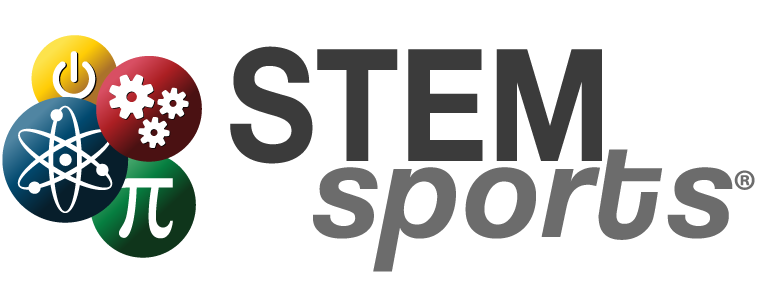Paper and pencil in hand, sixth-graders at Columbus Academy sat in the stands marking the made and missed shots by the school’s varsity basketball teams. They were doing so not only as fans but also for a school project constructed by their teacher Katie Castle. Using basketball, Castle teaches her students about percentages in a way that breaks down a hard-to-grasp topic in a new, tangible form.
As an educator, it can be difficult to engage students in curriculum. In any given class, there are students with a variety of different learning styles and interests. One way that teachers are overcoming this obstacle is by using sport as the real-life application within the curricula.
Castle said that avid basketball fans and less interested students alike came together and enjoyed the STEM-focused basketball project. Students benefit from learning science, technology, engineering and math in real-life situations where they can see the skills being used. Sports, in this case basketball, give them the tangible they need to spark an interest and gain a deeper understanding of these otherwise difficult STEM topics.
“In the beginning, they want to compare shots made to shots missed, but then they realize that’s illogical, because it has to be about the amount of shots that they took. I haven’t seen sixth-graders get that concept more solidly than during this project,” Castle said.
STEM Basketball is one of STEM Sports’® offered curriculum kits and, like Columbus Academy, hands-on experiences with different aspects of basketball to facilitate standardized lessons. In addition to shot tracking and percentages, they offer a lesson on calorie calculating among other topics. Using in-game experience, students gain a better understanding of multiplication and division at the 3-5 grade level and biology and equations for grades 6-8.
In the instance of Volume 2 of the STEM Sports’® STEM Basketball curriculum, students will learn how to calculate calories burned during gameplay by using multiplication and division. For example, if a student played basketball for a half hour during PE class, he/she can figure out the approximate number of calories burned by converting their weight in half (convert to kilograms) and using a MET (metabolic equivalent of task) of 7. The equation would be: 100lbs ÷ 2 x 7 X .5 hours = 175 calories burned.
“The ability to provide engagement through disguise learning is a win-win for both teachers and students. We are very pleased to be part of this process,” Director of Curriculum and Strategy at STEM Sports® Sean Barton said.
Each STEM Sports® module covers a different aspect of a sport (STEM Basketball, STEM Football, STEM Soccer, STEM Volleyball and STEM Multi-Sport) and its connection to a science, technology, engineering or math topic. Each module also includes STEM jobs that a student could have one day that connects to the concept they are learning. This further shows the importance of a topic for students who ask the, “When will I ever use this?” question.
All of the STEM Sports® curricula kits align with Next Generation Science Standards (NGSS), Common Core State Standards (CCSS) and, as of recently, the K-12 National Physical Education Standards. By combining STEM, sports and physical activity, this education system has found a way to incorporate hands-on learning into a variety of different environments.
In recent years, schools have begun cutting recess and physical education (PE) classes to add in-classtime to prepare students for success on standardized tests. After the No Student Left Behind Act passed in 2001, twenty percent of schools reported cutting down their recess and PE time to focus more on academics. This may seem like a good solution to getting students test scores up; however, there is evidence that shows healthy, active kids get better grades. These studies question if there are benefits to cutting back time for students to be active in order to improve academic performance.
Using sport to facilitate education could be the perfect middle ground for the issue of giving students time to be active while also improving standardized test scores through increased time with the material. A study done at the University of Chicago found that students have more success in STEM subjects when they were an active part of the learning process.
Director of the study Professor Sian Beilock said, “Those students who physically experienced difficult science concepts learn them better, perform better in class and on quizzes the next day, and the effects seem to play out weeks later, as well.”
Sports are ingrained in American society and are something the majority of students and adults alike enjoy. Students now are competing in higher levels of sports at younger ages and are even receiving personal training. Since this is such a huge part of many childrens’ worlds, connecting more tedious subjects to something they already understand can ease them into the curricula.
By using sport, students can have confidence in learning about new STEM topics while they are combining something they are already familiar with. The number of STEM jobs continue to rise faster than any other profession. Subsequently, the United States is putting an emphasis on giving students quality science, technology, engineering and math education. By giving students this confidence and exposure at an early age, they are put in a better situation to continue taking STEM courses as they move through the education system. This will better prepare them for the workforce of the future.
